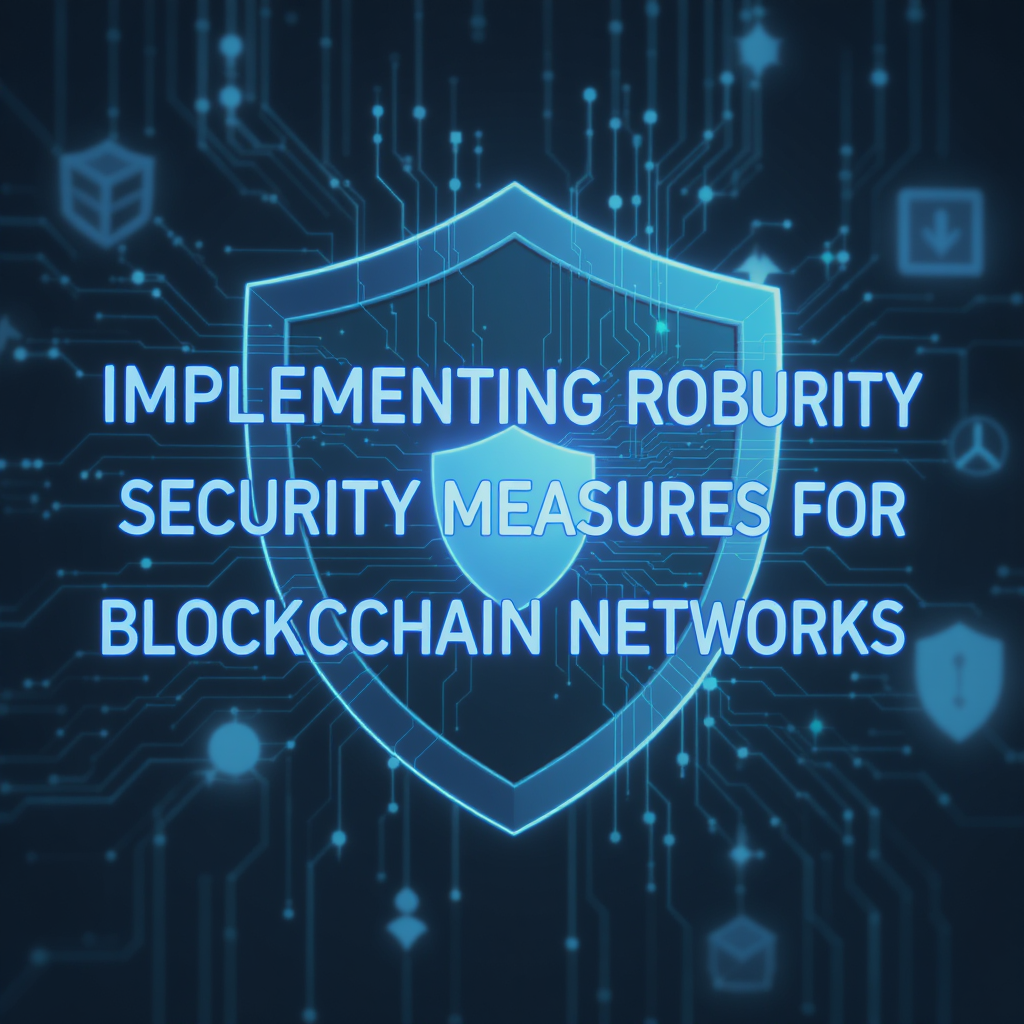The security of blockchain networks is paramount, given their decentralized nature and the often-sensitive data they handle. This article delves into the crucial aspects of implementing robust security measures for these networks. We will explore various strategies, from cryptographic techniques safeguarding transactions to sophisticated network architectures designed to withstand attacks. We will examine the importance of consensus mechanisms in maintaining the integrity of the blockchain, discuss the vulnerabilities that exist and how to mitigate them, and finally, consider the role of regular audits and updates in ensuring ongoing security. Understanding and implementing these measures is not just a best practice; it’s a necessity for maintaining the trust and reliability essential to the widespread adoption and success of blockchain technology.
Cryptographic Security
At the heart of blockchain security lies cryptography. Public-key cryptography, with its asymmetric key pairs (public and private keys), forms the foundation of secure transactions. Every transaction is digitally signed using the sender’s private key, verifiable by anyone using the corresponding public key. This ensures authenticity and prevents unauthorized alterations. Hash functions, which produce unique fingerprints (hashes) of data blocks, are crucial in maintaining the integrity of the blockchain. Any change to a block’s data will result in a different hash, instantly revealing tampering. The use of robust cryptographic algorithms, regularly updated to withstand evolving attack vectors, is non-negotiable. Elliptic curve cryptography (ECC) is commonly used due to its efficiency and security.
Consensus Mechanisms and Network Architecture
The consensus mechanism employed determines how new blocks are added to the blockchain and is a critical security element. Proof-of-Work (PoW), prevalent in Bitcoin, relies on computational power to validate transactions, making it resilient to attacks. However, it is energy-intensive. Proof-of-Stake (PoS), used in Ethereum 2.0 and other blockchains, requires validators to stake their own cryptocurrency, deterring malicious activity. The choice of consensus mechanism is crucial, and its implementation needs meticulous design. Furthermore, the network architecture itself plays a crucial role. A well-designed, distributed network with multiple nodes, geographically dispersed, makes it significantly harder for attackers to compromise the entire system.
Vulnerability Mitigation and Smart Contract Security
Despite robust cryptographic and consensus mechanisms, vulnerabilities can exist, particularly in smart contracts. Smart contracts, self-executing contracts with the terms of the agreement between buyer and seller being directly written into lines of code, are susceptible to bugs and exploits. Thorough auditing and testing, both before and after deployment, are essential. Formal verification techniques can help identify potential vulnerabilities in smart contract code. Regular security updates and patches are crucial to address newly discovered vulnerabilities. The use of secure coding practices and the implementation of access control mechanisms limit the impact of potential exploits.
Audits, Monitoring, and Incident Response
Proactive security measures are not enough. Regular security audits, performed by independent experts, are essential for identifying weaknesses and potential vulnerabilities. Continuous monitoring of the network for suspicious activity is critical. This includes monitoring transaction patterns, node behavior, and network traffic. Having a well-defined incident response plan is paramount. This plan should outline procedures for detecting, containing, and recovering from security incidents. Quick response minimizes the damage caused by any successful attacks.
Conclusion
Implementing robust security measures for blockchain networks is a multifaceted endeavor requiring a layered approach. From the foundation of strong cryptography and carefully chosen consensus mechanisms to the proactive monitoring and incident response planning, every aspect demands meticulous attention. The use of secure coding practices in smart contracts, regular security audits, and continuous monitoring are crucial for maintaining the integrity and trust of the blockchain. The ongoing evolution of blockchain technology necessitates a constant vigilance against emerging threats and a proactive approach to security, reinforcing the need for adaptability and continuous improvement in security strategies. Failure to address these aspects can lead to significant financial losses, reputational damage, and a loss of confidence in the technology itself. The security of blockchain is not a one-time implementation; it’s an ongoing process demanding constant vigilance and adaptation.
References
Wikipedia: Cryptographic Hash Function
| Security Measure | Description | Benefits |
|---|---|---|
| Cryptography | Use of public-key cryptography and hash functions | Ensures data integrity and authenticity |
| Consensus Mechanisms | PoW, PoS, etc. | Secures block addition and prevents manipulation |
| Smart Contract Security | Auditing, testing, secure coding practices | Reduces vulnerabilities in smart contracts |
| Network Architecture | Decentralized and distributed network | Increases resilience to attacks |
| Monitoring and Auditing | Regular security audits and network monitoring | Early detection of threats and vulnerabilities |
Image By: Black Forest Labs






